NIGMS, in collaboration with Scholastic, has developed a collection of free biology and health activities on the educational app Kahoot! You can play them alone, with friends, or with a class of students. Four Kahoots! are currently available:
- Imaging the Microscopic World investigates how researchers view cells, proteins, and other tiny structures.
- Superbugs delves into infectious bacteria and viruses that can’t be fought off with medicines.
- The Science of Sleep explores biological clocks and circadian rhythms.
- Regeneration highlights how animals replace or restore damaged or missing cells, tissues, organs, and even entire body parts.


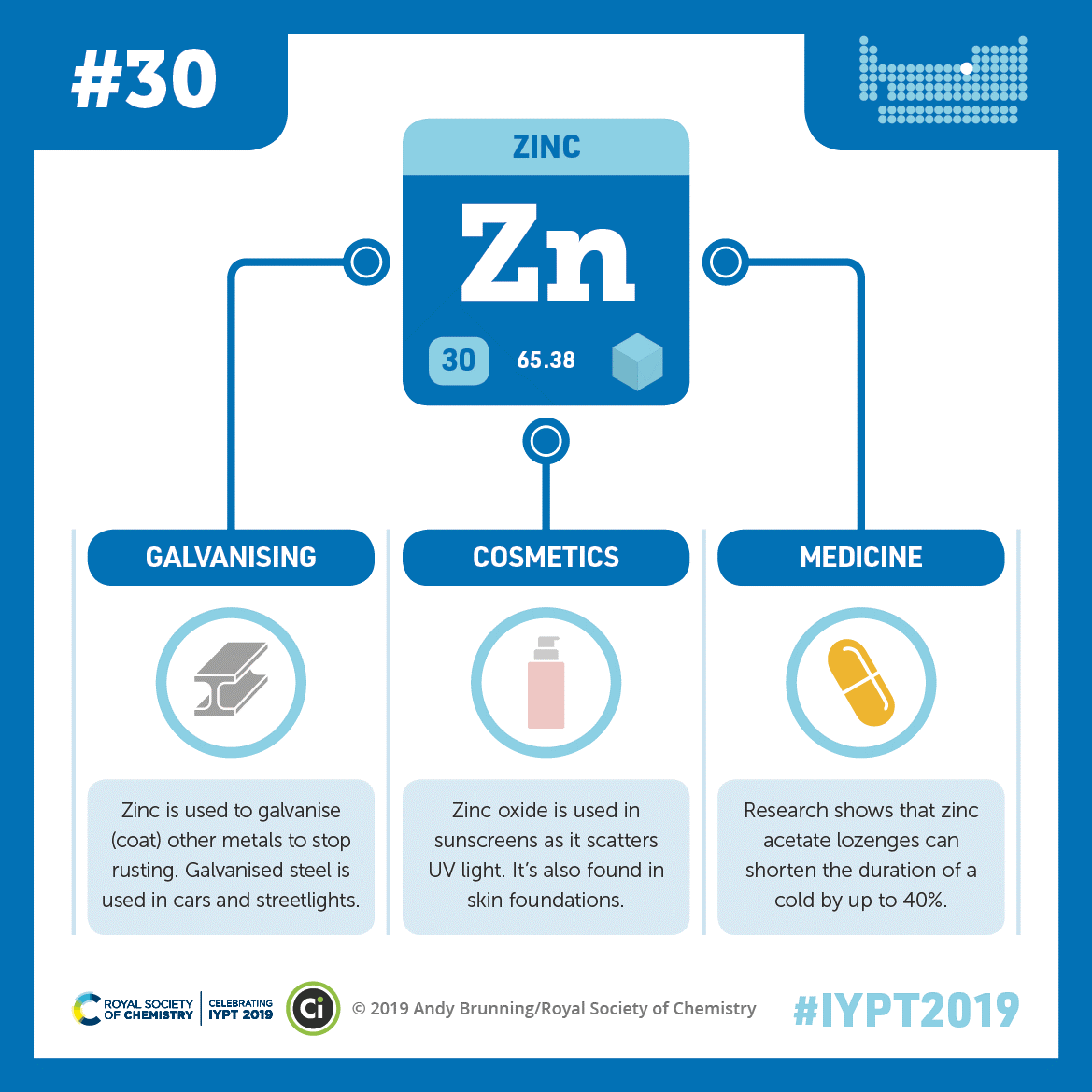
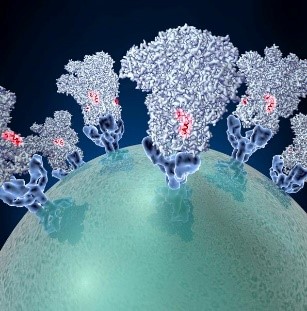 Spike proteins on the surface of a coronavirus. Credit: David Veesler, University of Washington.
Spike proteins on the surface of a coronavirus. Credit: David Veesler, University of Washington.
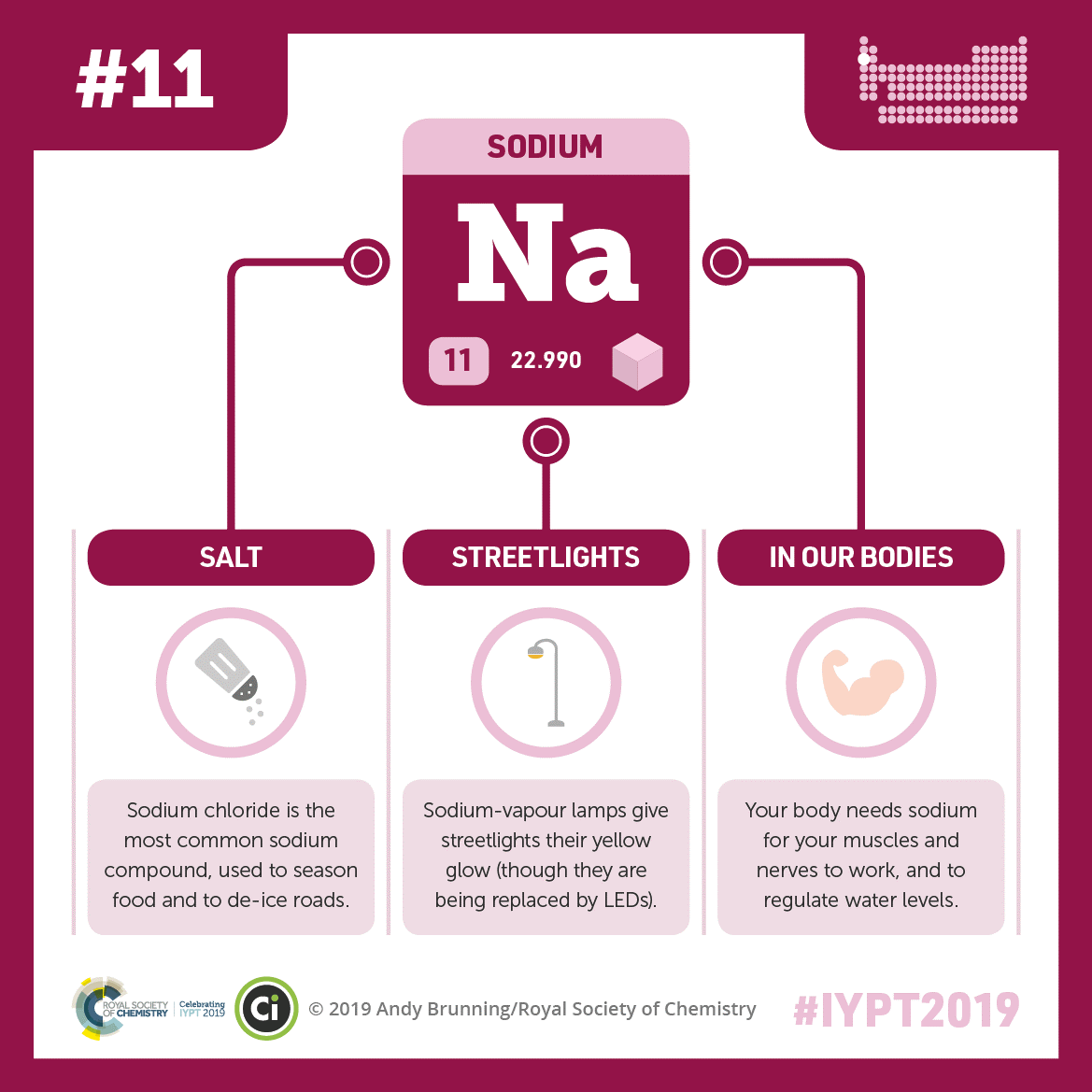
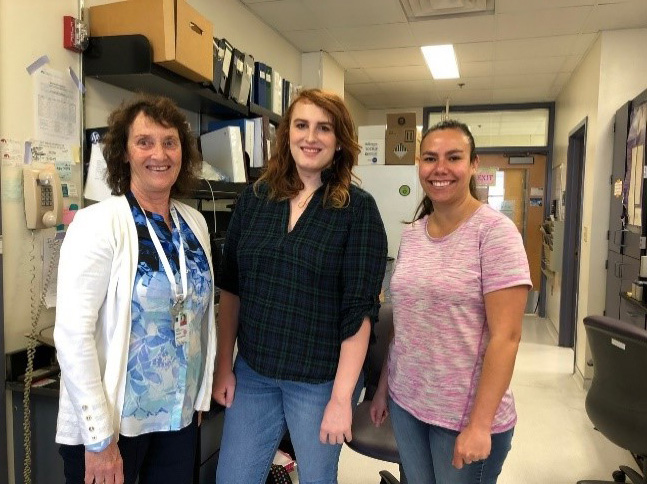 Dr. Wandinger-Ness (left) with former undergraduate trainee Amber Rauch (center) and current Ph.D. trainee Melanie Rivera. Credit: Angela Wandinger-Ness, Ph.D.
Dr. Wandinger-Ness (left) with former undergraduate trainee Amber Rauch (center) and current Ph.D. trainee Melanie Rivera. Credit: Angela Wandinger-Ness, Ph.D.
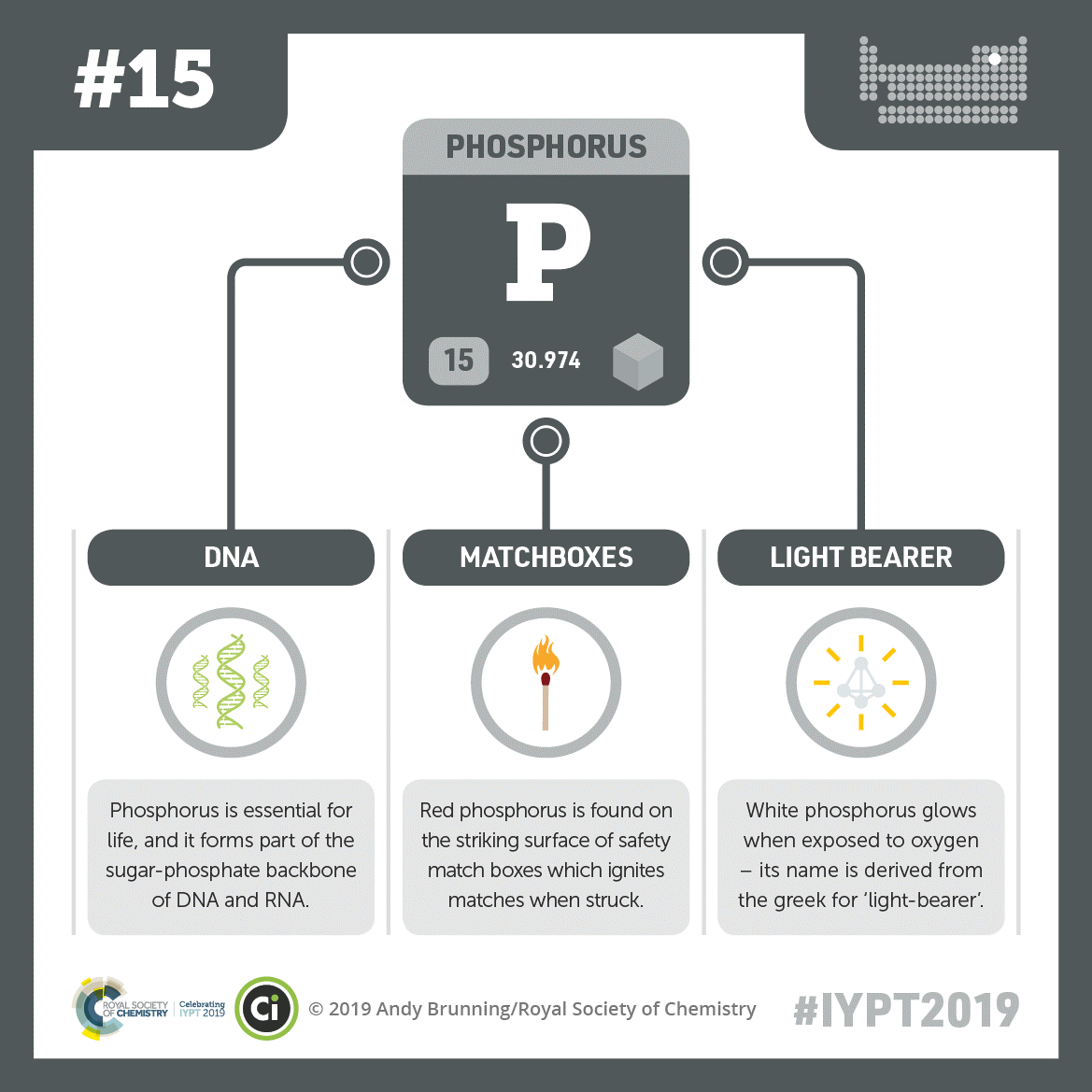

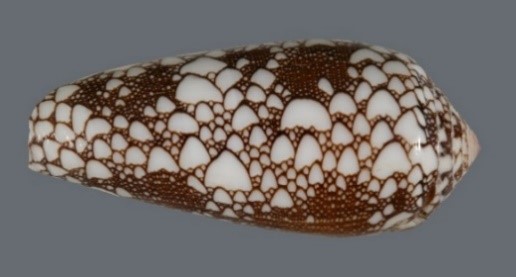 A cone snail shell. Credit: Kerry Matz, University of Utah.
A cone snail shell. Credit: Kerry Matz, University of Utah.